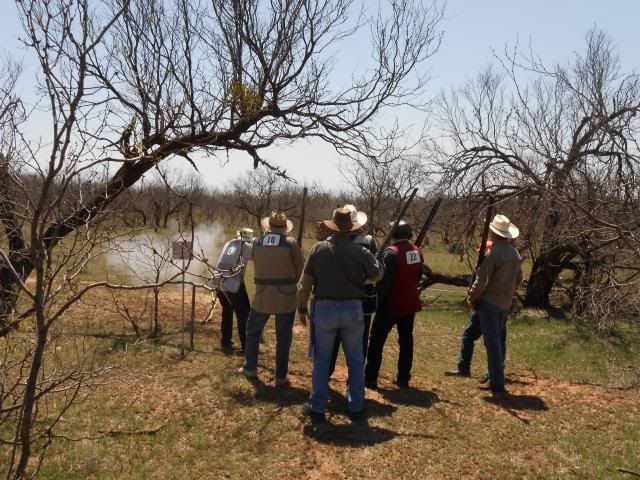I've been debating whether or not to post this question as it's too easy to create spitting contests and that is not what I'm after. I have my own M/L loading and shooting technique and try to promote safety rules/guidelines. I also observe others technique and until certain safety rules are not followed, I pay no mind. In fact, that is mostly how I learned M/L's. I have compiled 19-rules/guidelines, that we teach during our M/L Basic and Advanced classes.
Question ??
In addition to the four basic firearms safety rules,
What in your opinion, are the top three, M/L safety rules?
Be Safe !!!
Question ??
In addition to the four basic firearms safety rules,
What in your opinion, are the top three, M/L safety rules?
Be Safe !!!


